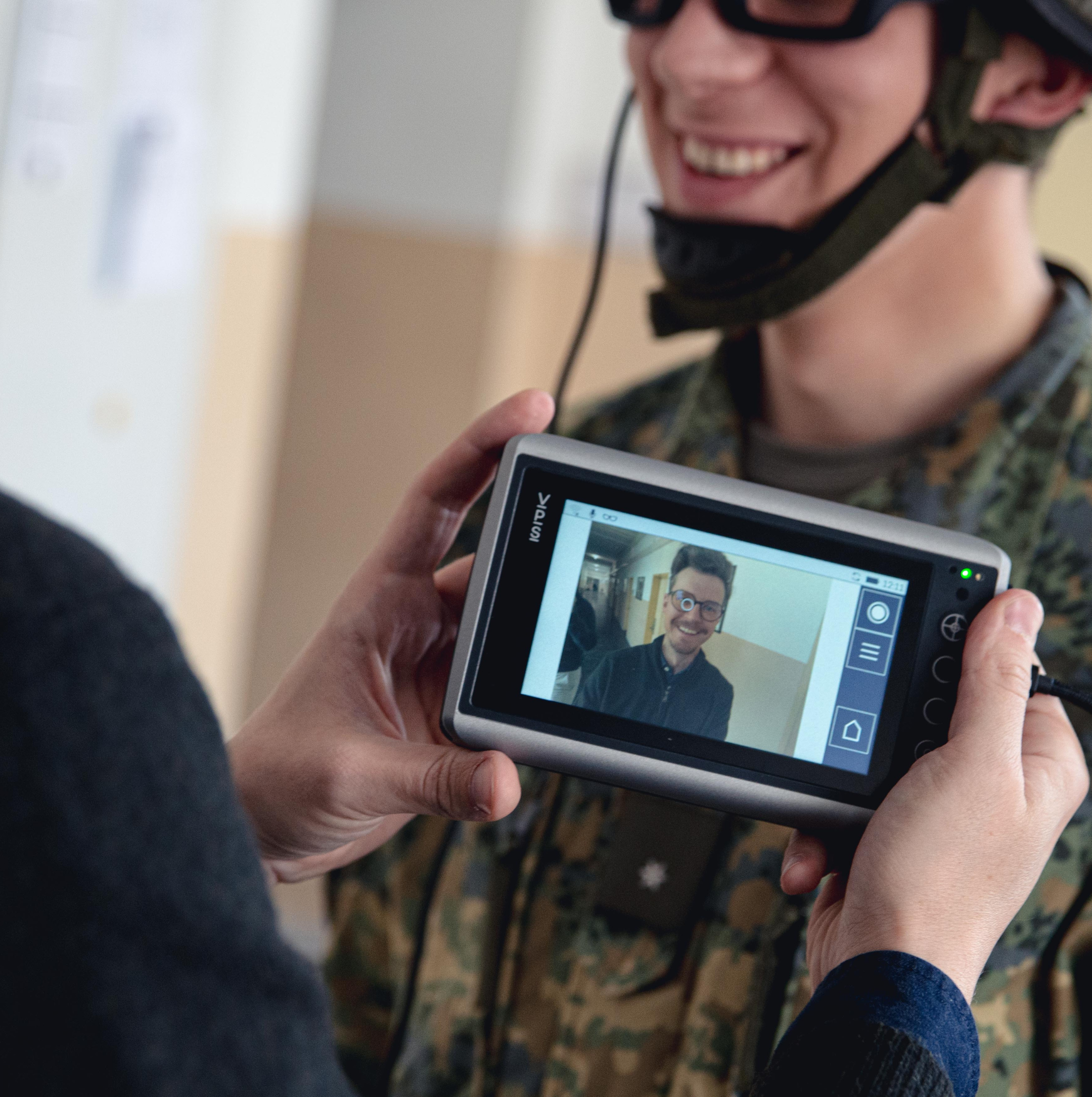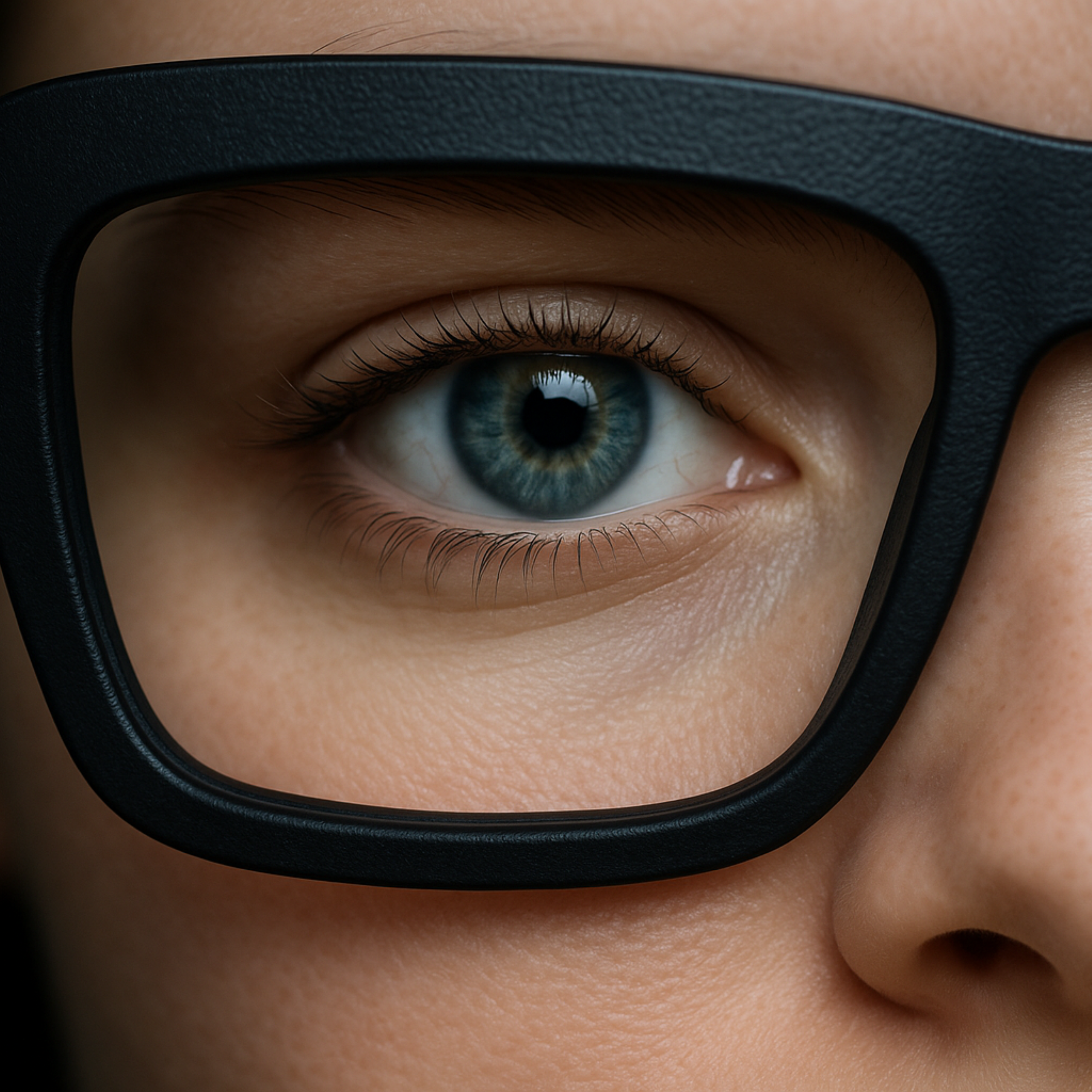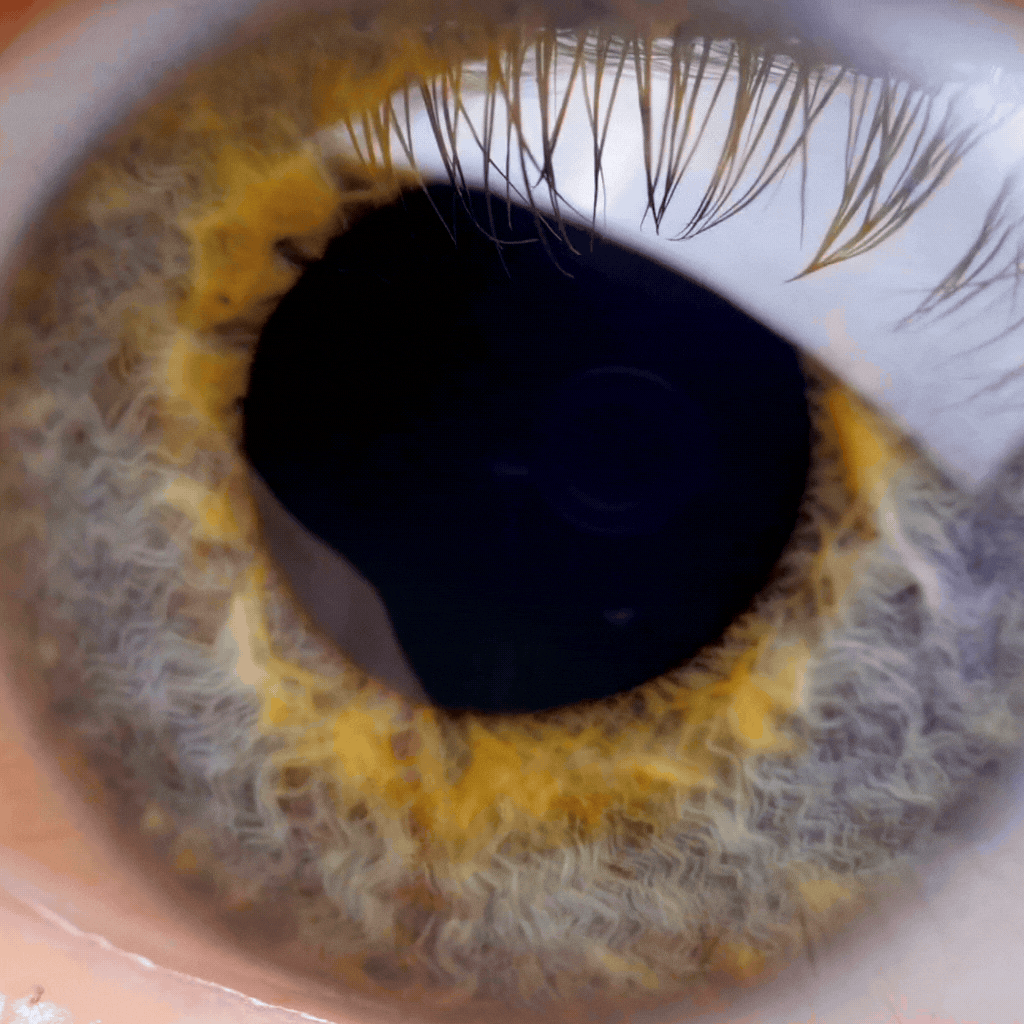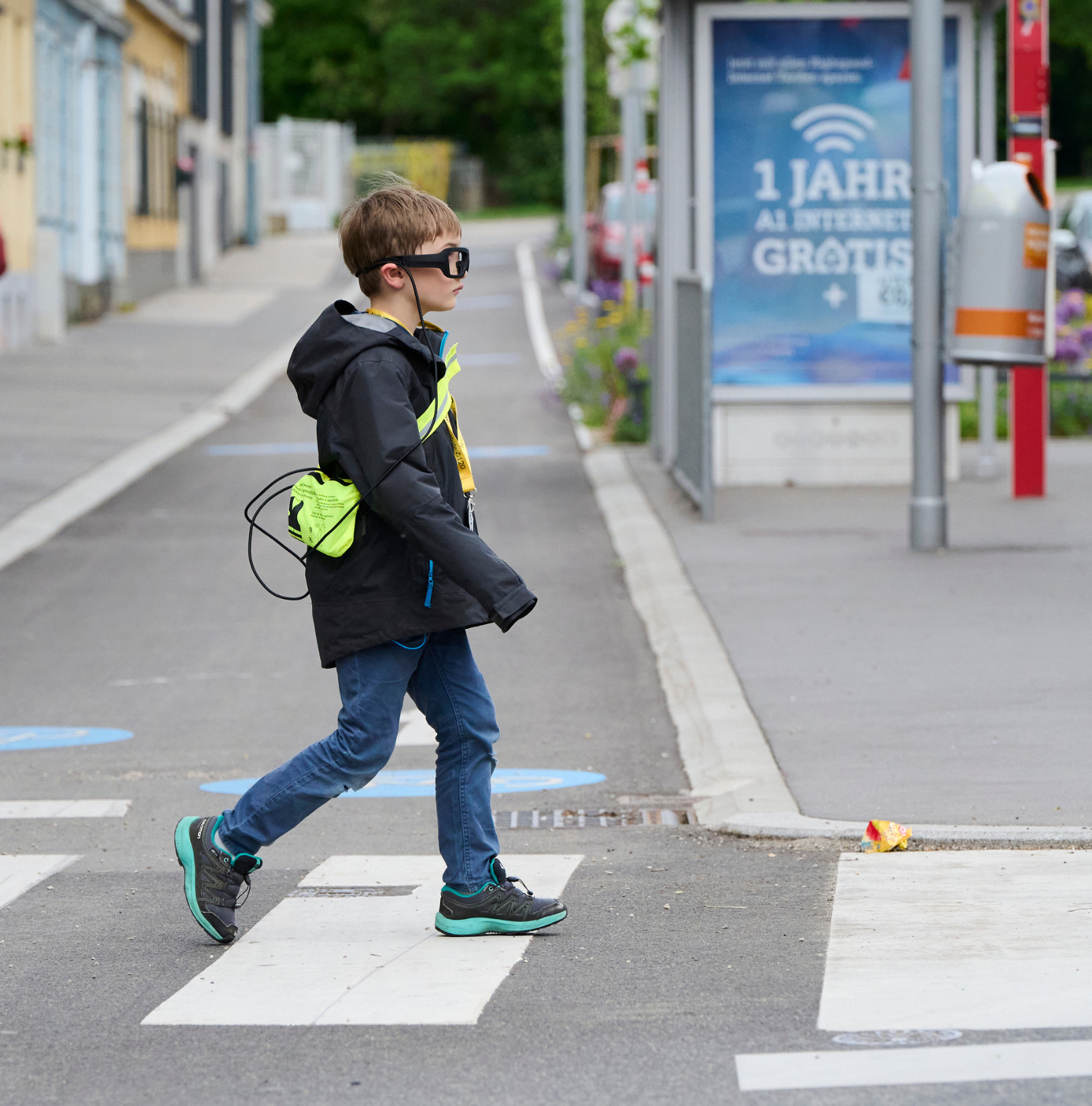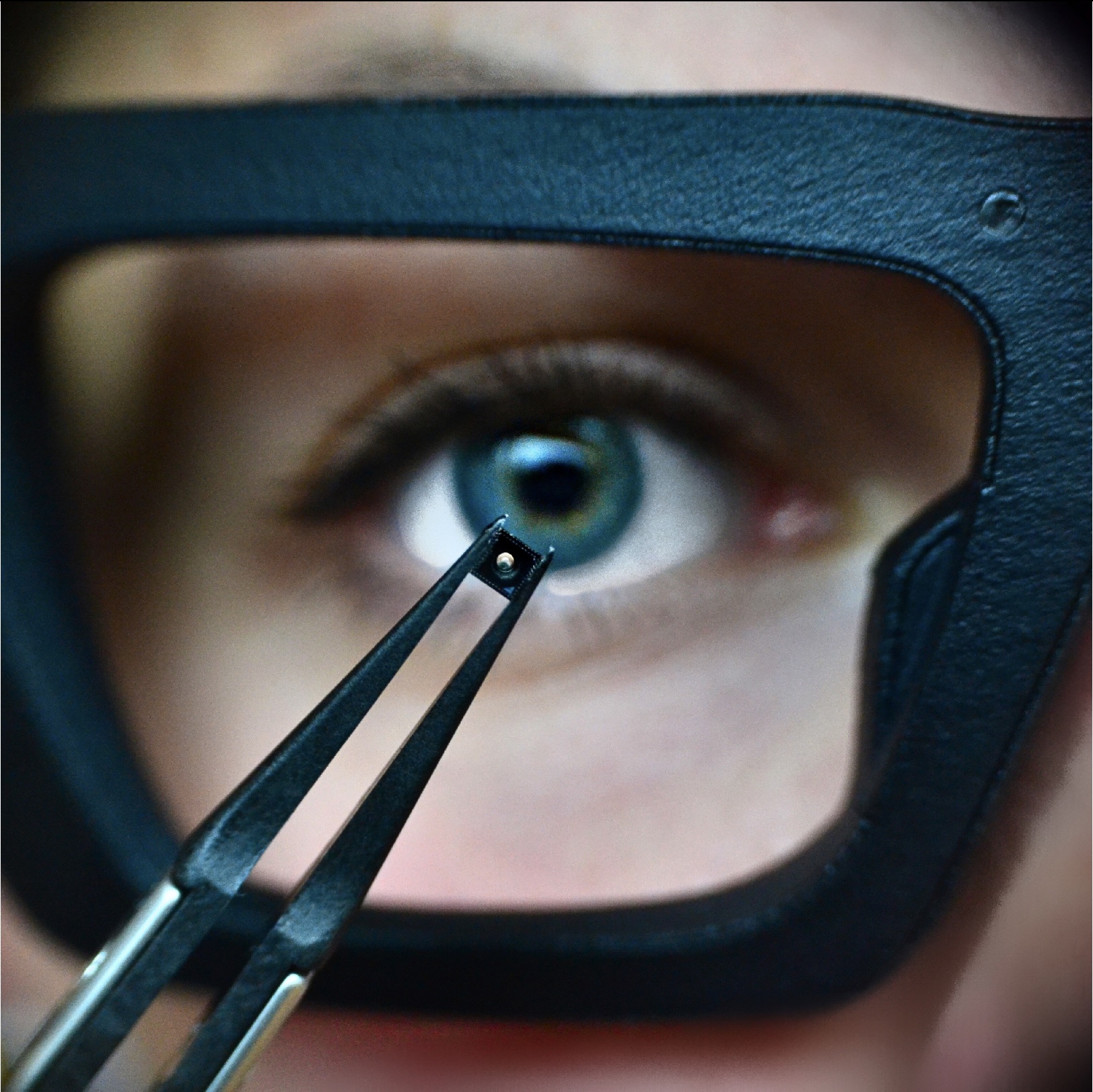“Agile or rusty?” was the title of the ORF documentary about the driving behavior of senior citizens, in which ORF Dok 1 journalist Hanno Settele (59) competed in a fast-paced kart race with digital creator Safiye (21). Why did the ORF Dok 1 team send them out to a challenge on the race track?
Throughout Europe, but especially in Austria, the debate is heating up: Is age a factor in driving safety, and does this risk increase steadily with age? Should a mandatory driver’s test be introduced at a certain age? Austria is resisting – just last winter there was fierce opposition to EU-wide health checks for older drivers when renewing their driving licenses (source: Der Standard) – but what does the scientific data say?
In cooperation with the ORF we used the eye-tracking technology of our VPS 19 Smart Glasses to analyze Hanno’s driving behavior and reaction time in comparison to the one of the young novice driver, Safiye.
Our eye-tracking analyst, Renate Stiegler, interpreted the results. Let’s delve into the numbers with her:
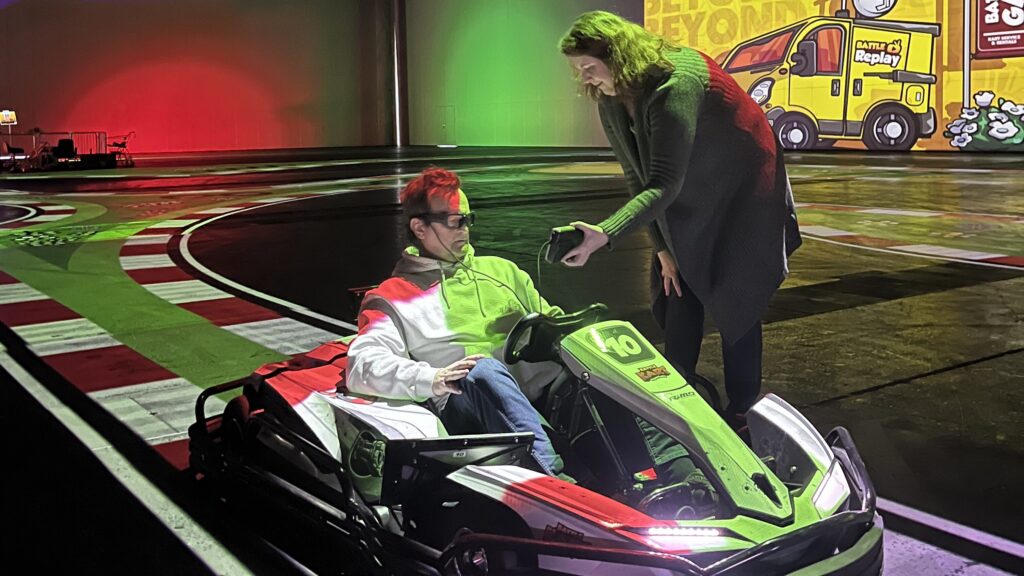
Editorial: The results show that there were clear differences in the gaze behavior of the two drivers! What were the most significant deviations?
Renate Stiegler: Hanno, the more experienced participant, had a calm and systematic gaze behavior that was forward-looking! In contrast, Safiye’s gaze behavior was more erratic, relying heavily on the vehicle in front of her. Hanno used the track layout as a guide.
The inexperienced driver frequently drifted towards the edges of the track and cut corners! Additionally, she often looked at the monitor inside the vehicle, causing her to lose focus of the track and upcoming obstacles. Based on her gaze behavior, it was evident that Hanno was the more experienced driver!
These 2 videos display our eye-tracking heatmap! The green dots indicate the gaze paths of the drivers (Hanno on the right and Safiye on the left). The brightness (redness) of the dot corresponds to the duration of the subject’s gaze.
What implications does this have for driving behavior in regular traffic?
It is not possible to directly extrapolate gaze behavior on the go-kart track to predict gaze behavior on the road. However, it was noticeable, particularly with the younger driver, that she was in a ‘game mode’ and she mentioned that the kart track had similarities to console games.
Initially, the gaze behavior of the experienced driver Hanno resembled what I have observed in previous projects related to road traffic. Therefore, it can be inferred that Hanno behaves similarly in normal traffic, with experience and forward-thinking!
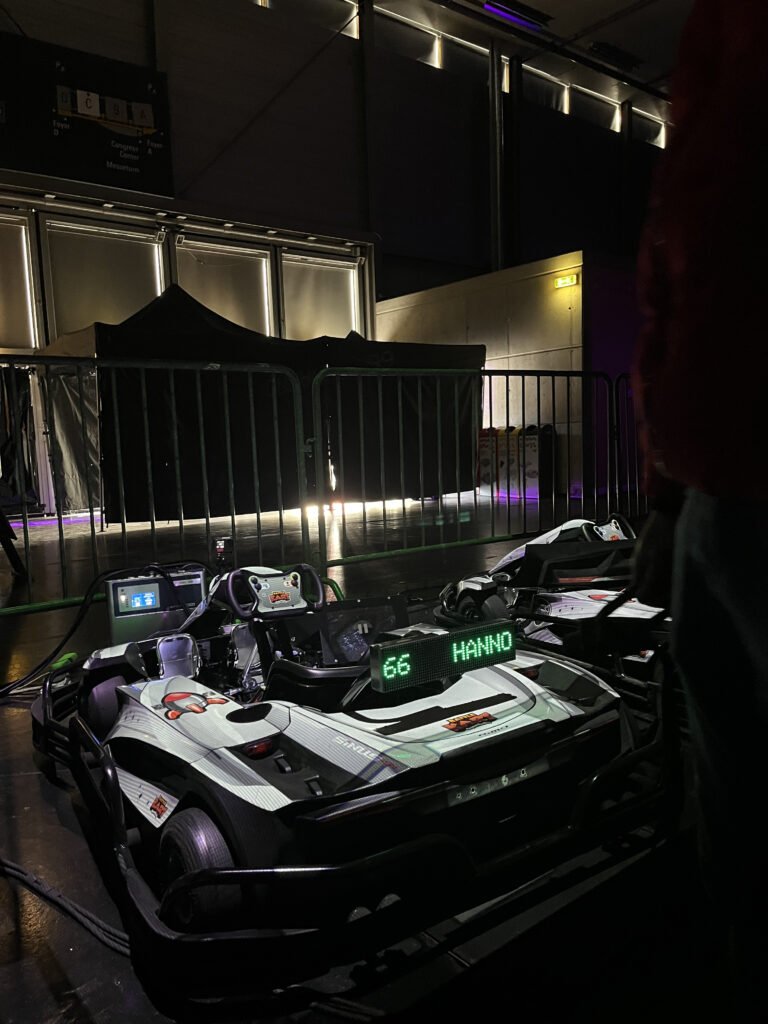
Can the test insights be applied to young vs. old drivers in real life?
The experiment results indicate a fascinating difference in driving behavior between ‘experienced’ and ‘less experienced’ drivers, but not between young and old!
The less experienced driver showed an exceedingly greater willingness to take risks while driving. But even the experienced driver, who was initially safety-oriented and forward-thinking, became more willing to take risks over the course of the test because it was a game.
Your expert assessment: How will eye tracking impact the future of driving? What potential does science and research have in this area, considering everyday driving behavior?
Eye tracking has significant potential in detecting driver fatigue! Some vehicle manufacturers are already offering this technology. Moreover, eye-tracking data can be used as an input for machine learning in autonomous driving.
Eye tracking can reveal connections in driving behavior that may contribute to accident prevention! It provides insights from the driver’s perspective, which cannot be obtained from external observations. Therefore, our glasses could also be used in accident reconstruction to determine what the driver sees.
Experts can create accident reports using either 3D programs or live on-site recreations, depending on the type of accident and damage. For instance, if a pedestrian was involved, a ‘dummy’ doll would be used to simulate them, and a test subject would drive the vehicle.
How can eye tracking help older drivers or beginners?
Eye tracking can reveal a driver’s gaze behavior during ‘perfection drives’! This highlights areas for improvement and identifies oversights or missed details.
Driving schools often use the slogan ‘Learning to drive means learning to see!’ This is supported by eye tracking and can create awareness of one’s own gaze behavior. Yod U. Kolitscher, author and psychologist, once said that only awareness can bring about change in this world. By becoming aware of problems, we can solve them, especially in terms of traffic behavior!
